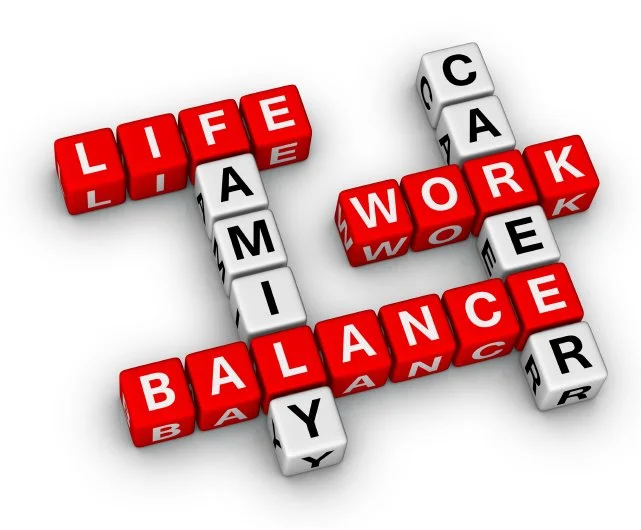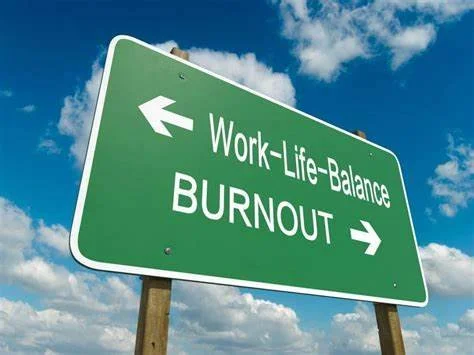Work-life balance
A common cause of stress is not having a work-life balance!
Do you live to work or work to live?
Firstly, what does a good work-life balance look like?
Meeting your deadlines at work while still having time for friends and hobbies
Having enough time to sleep properly and eat well
Not worrying about work when you’re at home
You start a new job and want to make a good impression so when the boss calls out of hours you are eager to please you answer the phone.
You have so much to do that you don’t plan your day and just get stuck in.
Your working day is 8 hours, and you plan 8 hours of work.
You are concerned asking for help or saying you have too much work is a sign of weakness or that you are not good at your job.
You are not clear on the priorities or objectives.
It is the norm that your workplace and your colleagues do the same; working long hours has become a habit.
Top tips for work-life balance
Pause, review, and reflect – Are you prioritising work over your life, health, and relationships?
Make some changes
Don’t answer emails or calls out of hours
Don’t have your laptop out at home or your emails on your phone
If you work from home, set up a workspace, and when you finish for the day, you leave that space.
Use your out of office to make clear to customers or colleagues when you are available
Only plan 6 hours of work into an 8-hour day; something will always interrupt your day, so you need to have the tell to deal with unexcepted urgent actions
Prioritise tasks
Use a planner – outlook, for instance, and share it with your boss so they can see when you have gaps in your schedule or when you are busy
ASK for HELP and be clear if your workload is too much.
Track the hours you are working; if consistently working over your contracted hours, this needs to be discussed with your line manager.
Plan your annual leave for the year, so you know when your breaks are and ensure you completely switch off.
Top tips for work-life balance for employers
Encourage a culture of openness so people can speak up if under too much pressure
Train managers to spot stress and poor work-life balance
Offer flexible and remote working where possible
Encourage breaks, whether that’s during the working day or annual leave
Regularly review team member’s workload to ensure it is achievable
Allow team members to attend counselling, medical appointments, and other support services during working hours.
Encourage stress-relieving activities
Ask employees what would improve their work-life balance




